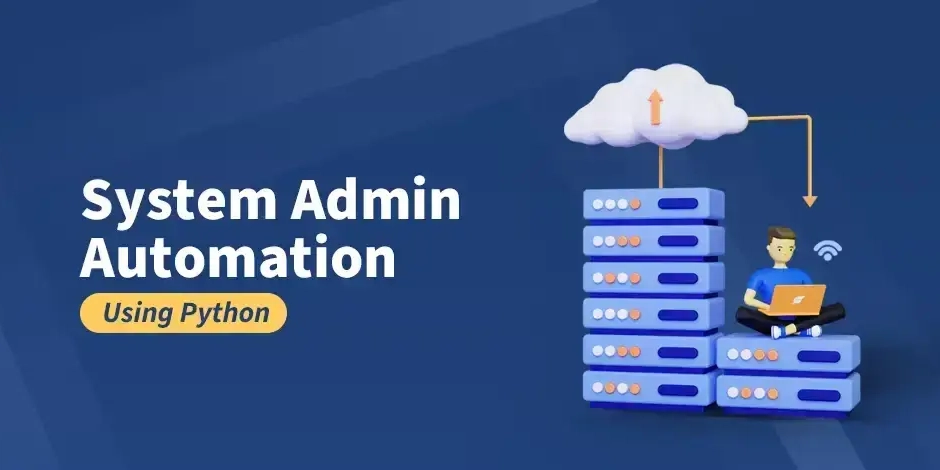OCR for Historical Documents and Unusual Fonts
OCR for Historical Documents and Unusual Fonts Historical documents and materials with unusual typography present unique challenges for Optical Character Recognition (OCR) technology. From centuries-old manuscripts with faded ink to documents printed in decorative or specialised fonts, standard OCR approaches often struggle with these non-standard materials. However, with specialised techniques and careful processing, even the most challenging historical documents can be successfully digitised and made searchable. This comprehensive guide explores the challenges, techniques, and best practices for applying OCR to historical documents and materials with unusual typography, helping you unlock the valuable information contained in these unique resources. Understanding Historical Document Challenges Before diving into specific techniques, let's understand what makes historical documents particularly challenging: Physical Condition Challenges Document Degradation Issues: Paper yellowing and discolouration Fading ink and low contrast Foxing and mould damage Water damage and staining Physical tears and missing sections Material and Medium Variations: Handmade paper textures Parchment and vellum surfaces Varying ink compositions Pencil and charcoal writings Mixed media documents Preservation and Handling Concerns: Fragile document condition Binding and folding constraints Conservation requirements Non-destructive digitisation needs Handling limitations during scanning Historical Typography Challenges Historical Font Characteristics: Blackletter (Gothic) typefaces Early printing press variations Hand-set metal type inconsistencies Woodcut and engraved lettering Historical typographic conventions Character Form Variations: Long 's' (ſ) resembling 'f' Historical ligatures (ct, st, etc.) Archaic letter forms Inconsistent character shapes Decorative capitals and drop caps Layout and Formatting Peculiarities: Irregular line spacing Inconsistent character spacing Margin annotations and glosses Illuminated manuscripts Multi-column historical layouts Language and Content Challenges Historical Language Issues: Archaic spelling variations Obsolete vocabulary Historical grammar patterns Abbreviation conventions Regional dialect variations Multilingual Considerations: Latin in scholarly works Greek and Hebrew quotations Historical vernacular mixing Regional language variations Extinct or evolved languages Specialised Content Types: Historical legal terminology Scientific and medical notation Religious and liturgical texts Mathematical and astronomical symbols Historical measurement units OCR Technology for Historical Materials Exploring specialised approaches for historical document recognition: Specialised Historical OCR Approaches Historical Font Recognition: Training on period-specific typefaces Historical character set models Ligature and special form handling Variant letter form recognition Era-specific typography adaptation Degraded Document Processing: Enhanced image pre-processing Adaptive binarisation techniques Specialised noise reduction Contrast enhancement methods Document restoration approaches Context-Aware Recognition: Historical language models Period-specific dictionaries Contextual disambiguation Historical grammar patterns Specialised abbreviation expansion Advanced Image Processing Techniques Multispectral Imaging Integration: Infrared and ultraviolet image capture Revealing faded or obscured text Layer separation in palimpsests Enhanced contrast through spectral analysis Recovering damaged content Advanced Enhancement Methods: Local adaptive contrast enhancement Texture-preserving smoothing Stroke width normalisation Background separation techniques Specialised denoising approaches Document Restoration Preprocessing: Digital tear repair Stain and damage removal Page curvature correction Bleed-through suppression Watermark and seal handling Using RevisePDF for Historical Documents Historical Document Processing: Visit RevisePDF.com Upload historical document scans Select historical document settings Configure appropriate processing options Process with specialised recognition Advanced Configuration Options: Historical language selection Period-specific processing Enhanced image preprocessing Specialised recognition settings Custom dictionary integration Results Review and Refinement: Examine recognition results Identify challenging sections Apply targeted improvements Make manual corrections Create optimised output Unusual Font Recognition Approaches for non-standard typography: Decorative and Display Fonts Ornamental Typography Challenges: Highly stylised character forms Decorative elements and flourishes Inconsistent stroke widths Artistic variations and distortions Non-
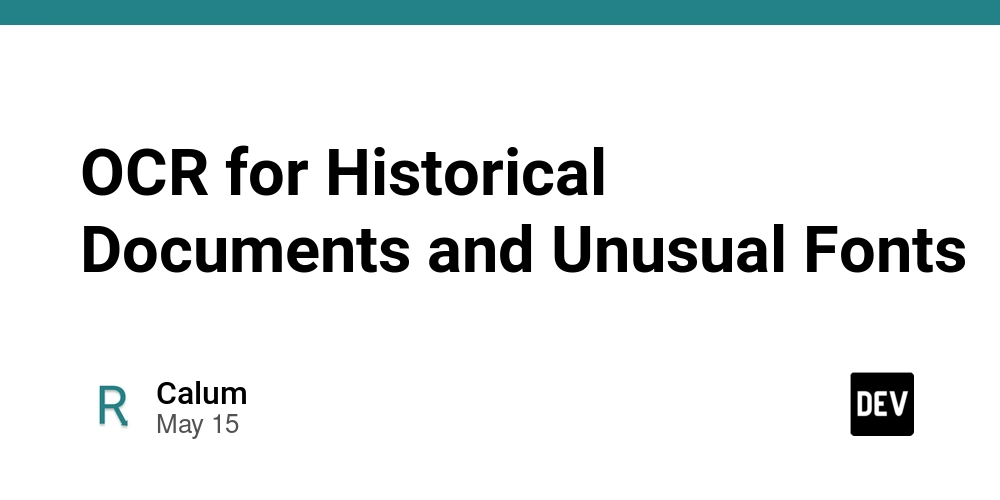
OCR for Historical Documents and Unusual Fonts
Historical documents and materials with unusual typography present unique challenges for Optical Character Recognition (OCR) technology. From centuries-old manuscripts with faded ink to documents printed in decorative or specialised fonts, standard OCR approaches often struggle with these non-standard materials. However, with specialised techniques and careful processing, even the most challenging historical documents can be successfully digitised and made searchable.
This comprehensive guide explores the challenges, techniques, and best practices for applying OCR to historical documents and materials with unusual typography, helping you unlock the valuable information contained in these unique resources.
Understanding Historical Document Challenges
Before diving into specific techniques, let's understand what makes historical documents particularly challenging:
Physical Condition Challenges
-
Document Degradation Issues:
- Paper yellowing and discolouration
- Fading ink and low contrast
- Foxing and mould damage
- Water damage and staining
- Physical tears and missing sections
-
Material and Medium Variations:
- Handmade paper textures
- Parchment and vellum surfaces
- Varying ink compositions
- Pencil and charcoal writings
- Mixed media documents
-
Preservation and Handling Concerns:
- Fragile document condition
- Binding and folding constraints
- Conservation requirements
- Non-destructive digitisation needs
- Handling limitations during scanning
Historical Typography Challenges
-
Historical Font Characteristics:
- Blackletter (Gothic) typefaces
- Early printing press variations
- Hand-set metal type inconsistencies
- Woodcut and engraved lettering
- Historical typographic conventions
-
Character Form Variations:
- Long 's' (ſ) resembling 'f'
- Historical ligatures (ct, st, etc.)
- Archaic letter forms
- Inconsistent character shapes
- Decorative capitals and drop caps
-
Layout and Formatting Peculiarities:
- Irregular line spacing
- Inconsistent character spacing
- Margin annotations and glosses
- Illuminated manuscripts
- Multi-column historical layouts
Language and Content Challenges
-
Historical Language Issues:
- Archaic spelling variations
- Obsolete vocabulary
- Historical grammar patterns
- Abbreviation conventions
- Regional dialect variations
-
Multilingual Considerations:
- Latin in scholarly works
- Greek and Hebrew quotations
- Historical vernacular mixing
- Regional language variations
- Extinct or evolved languages
-
Specialised Content Types:
- Historical legal terminology
- Scientific and medical notation
- Religious and liturgical texts
- Mathematical and astronomical symbols
- Historical measurement units
OCR Technology for Historical Materials
Exploring specialised approaches for historical document recognition:
Specialised Historical OCR Approaches
-
Historical Font Recognition:
- Training on period-specific typefaces
- Historical character set models
- Ligature and special form handling
- Variant letter form recognition
- Era-specific typography adaptation
-
Degraded Document Processing:
- Enhanced image pre-processing
- Adaptive binarisation techniques
- Specialised noise reduction
- Contrast enhancement methods
- Document restoration approaches
-
Context-Aware Recognition:
- Historical language models
- Period-specific dictionaries
- Contextual disambiguation
- Historical grammar patterns
- Specialised abbreviation expansion
Advanced Image Processing Techniques
-
Multispectral Imaging Integration:
- Infrared and ultraviolet image capture
- Revealing faded or obscured text
- Layer separation in palimpsests
- Enhanced contrast through spectral analysis
- Recovering damaged content
-
Advanced Enhancement Methods:
- Local adaptive contrast enhancement
- Texture-preserving smoothing
- Stroke width normalisation
- Background separation techniques
- Specialised denoising approaches
-
Document Restoration Preprocessing:
- Digital tear repair
- Stain and damage removal
- Page curvature correction
- Bleed-through suppression
- Watermark and seal handling
Using RevisePDF for Historical Documents
-
Historical Document Processing:
- Visit RevisePDF.com
- Upload historical document scans
- Select historical document settings
- Configure appropriate processing options
- Process with specialised recognition
-
Advanced Configuration Options:
- Historical language selection
- Period-specific processing
- Enhanced image preprocessing
- Specialised recognition settings
- Custom dictionary integration
-
Results Review and Refinement:
- Examine recognition results
- Identify challenging sections
- Apply targeted improvements
- Make manual corrections
- Create optimised output
Unusual Font Recognition
Approaches for non-standard typography:
Decorative and Display Fonts
-
Ornamental Typography Challenges:
- Highly stylised character forms
- Decorative elements and flourishes
- Inconsistent stroke widths
- Artistic variations and distortions
- Non-standard proportions
-
Recognition Approaches:
- Feature-based recognition adaptation
- Style-specific training
- Character component analysis
- Decorative element filtering
- Context-based interpretation
-
Processing Techniques:
- Simplification preprocessing
- Essential feature extraction
- Style normalisation
- Decorative element separation
- Context-enhanced recognition
Specialised and Technical Fonts
-
Technical Typography:
- Mathematical notation fonts
- Scientific and engineering symbols
- Musical notation
- Phonetic alphabets
- Specialised industry symbols
-
Recognition Strategies:
- Domain-specific training
- Symbol libraries and dictionaries
- Specialised character sets
- Context-based interpretation
- Technical language models
-
Implementation Approaches:
- Field-specific OCR engines
- Custom symbol recognition
- Specialised dictionaries
- Domain knowledge integration
- Expert verification workflows
Handwritten and Calligraphic Text
-
Artistic Handwriting Challenges:
- Calligraphic styles and flourishes
- Personal handwriting variations
- Connecting strokes and ligatures
- Inconsistent character forms
- Decorative elements
-
Recognition Techniques:
- Handwriting recognition adaptation
- Writer-independent approaches
- Style-specific training
- Stroke analysis methods
- Context-enhanced interpretation
-
Processing Approaches:
- Stroke extraction and analysis
- Connected component processing
- Writing style normalisation
- Feature-based recognition
- Context and language modelling
Document-Specific OCR Strategies
Tailored approaches for different historical materials:
Manuscripts and Handwritten Documents
-
Medieval Manuscript Processing:
- Script style identification
- Period-specific handwriting models
- Abbreviation and contraction handling
- Illumination and decoration separation
- Margin annotation processing
-
Personal Correspondence and Diaries:
- Individual handwriting adaptation
- Informal writing recognition
- Personal abbreviation handling
- Emotion-affected writing variations
- Crossed-out and inserted text
-
Official and Legal Handwritten Records:
- Formal handwriting recognition
- Standard form and template identification
- Legal terminology dictionaries
- Signature and seal processing
- Structured information extraction
Early Printed Materials
-
Incunabula (Pre-1501 Printing):
- Early typeface recognition
- Irregular impression handling
- Hand-coloured initial processing
- Early printing conventions
- Mixed text and woodcut separation
-
16th-18th Century Printing:
- Historical typeface models
- Long 's' and historical ligatures
- Period-specific abbreviations
- Irregular spacing and alignment
- Woodcut illustration separation
-
Historical Newspapers and Periodicals:
- Multi-column layout processing
- Variable print quality handling
- Mixed font recognition
- Masthead and headline processing
- Advertisement and illustration separation
Specialised Historical Documents
-
Historical Maps and Atlases:
- Place name recognition
- Legend and key processing
- Scale and measurement extraction
- Mixed text and graphical elements
- Orientation and projection handling
-
Historical Scientific Works:
- Scientific notation recognition
- Diagram and illustration separation
- Formula and equation processing
- Technical terminology dictionaries
- Historical measurement conversion
-
Religious and Liturgical Texts:
- Multilingual religious content
- Specialised religious terminology
- Rubrics and liturgical notation
- Musical notation in hymnals
- Scriptural reference systems
Practical Implementation Approaches
Strategies for successful historical document OCR:
Document Preparation and Digitisation
-
Optimal Scanning Approaches:
- High-resolution capture (400-600 DPI minimum)
- Proper lighting techniques
- Non-destructive handling methods
- Colour capture for enhanced detail
- Consistent calibration and quality control
-
Preservation-Conscious Digitisation:
- Conservation-approved handling
- Environmental control during scanning
- UV and heat exposure limitation
- Support and positioning techniques
- Fragile document specialised approaches
-
Metadata and Context Capture:
- Document provenance recording
- Physical characteristics documentation
- Creation date and context information
- Related document connections
- Research value documentation
Pre-Processing for Historical Documents
-
Image Enhancement Techniques:
- Adaptive contrast enhancement
- Historical document binarisation
- Background texture suppression
- Stain and damage digital removal
- Text stroke enhancement
-
Layout Analysis Adaptation:
- Historical page structure recognition
- Margin note and annotation handling
- Multi-column historical layouts
- Dropped capital and decoration processing
- Footnote and reference mark identification
-
Document-Specific Optimisation:
- Era-specific enhancement profiles
- Document type customisation
- Content-based processing adaptation
- Problem area targeted enhancement
- Quality-critical section focus
Using RevisePDF for Historical Processing
-
Historical Document Workflow:
- Upload high-quality document scans
- Select historical document processing
- Configure era-specific settings
- Apply enhanced preprocessing
- Process with specialised recognition
-
Unusual Font Handling:
- Select appropriate font recognition options
- Configure style-specific processing
- Enable historical character recognition
- Apply contextual enhancement
- Utilise language-appropriate dictionaries
-
Results Optimisation:
- Review initial recognition results
- Identify problematic sections
- Apply targeted enhancements
- Make necessary corrections
- Create finalised searchable documents
Advanced Historical OCR Techniques
Sophisticated approaches for challenging materials:
Machine Learning for Historical Documents
-
Custom Model Training:
- Period-specific training data creation
- Historical font model development
- Era-appropriate language models
- Document-type specialisation
- Handwriting style adaptation
-
Transfer Learning Approaches:
- Adapting modern OCR to historical materials
- Fine-tuning pre-trained models
- Low-resource adaptation techniques
- Style transfer for recognition
- Cross-domain knowledge application
-
Continuous Learning Systems:
- Correction-based improvement
- Progressive model enhancement
- User feedback incorporation
- Collection-specific adaptation
- Institutional knowledge building
Collaborative and Crowdsourced Approaches
-
Distributed Transcription Projects:
- Volunteer transcription platforms
- Expert review workflows
- Quality control mechanisms
- Consensus-based verification
- Progressive difficulty assignment
-
Human-in-the-Loop Processing:
- Expert verification integration
- Targeted human intervention
- Confidence-based routing
- Specialist knowledge application
- Continuous system improvement
-
Knowledge Base Development:
- Historical dictionary creation
- Abbreviation and symbol collections
- Period-specific terminology databases
- Name and entity recognition
- Location and reference gazetteers
Integration with Historical Research
-
Scholarly Apparatus Connection:
- Citation and reference linking
- Critical apparatus integration
- Variant reading documentation
- Editorial annotation connection
- Research context preservation
-
Digital Humanities Applications:
- Text analysis preparation
- Corpus linguistics support
- Named entity recognition
- Historical network analysis
- Semantic relationship extraction
-
Cross-Collection Integration:
- Inter-archive connections
- Related document linking
- Comparative analysis support
- Chronological relationship mapping
- Thematic collection development
Quality Control and Verification
Ensuring accuracy in historical document OCR:
Accuracy Assessment Approaches
-
Historical-Specific Metrics:
- Period-appropriate accuracy measures
- Historical language adaptation
- Context-sensitive evaluation
- Abbreviation and variant handling
- Specialised content assessment
-
Sampling and Verification Methods:
- Representative section selection
- Critical content verification
- Random sampling approaches
- Stratified quality assessment
- Confidence-based verification
-
Error Pattern Analysis:
- Historical-specific error identification
- Font and style-related issues
- Language and terminology challenges
- Physical condition impact assessment
- Systematic improvement targeting
Correction and Enhancement
-
Efficient Correction Workflows:
- Prioritised error correction
- Context-aware editing tools
- Historical dictionary integration
- Pattern-based correction
- Batch processing of similar errors
-
Expert Review Integration:
- Subject matter expert involvement
- Period specialist consultation
- Language expert verification
- Domain knowledge application
- Scholarly review processes
-
Iterative Improvement Cycles:
- Progressive quality enhancement
- Feedback-driven processing
- Model retraining with corrections
- System adaptation and learning
- Continuous accuracy improvement
Long-term Maintenance and Access
-
Sustainable Digital Preservation:
- Format migration planning
- Technology obsolescence management
- Metadata preservation
- Processing parameter documentation
- Reprocessing capability maintenance
-
Searchability Enhancement:
- Historical variant searching
- Spelling normalisation options
- Abbreviation expansion
- Modern language equivalents
- Cross-language searching
-
Access and Usability:
- User-friendly presentation
- Research-appropriate interfaces
- Scholarly apparatus integration
- Citation and reference support
- Educational access considerations
Case Studies and Applications
Real-world examples of historical document OCR:
Library and Archive Projects
-
National Library Digitisation Initiatives:
- Large-scale historical newspaper projects
- National manuscript collections
- Historical government records
- Literary archive digitisation
- Cultural heritage preservation
-
Academic Library Special Collections:
- Rare book digitisation
- University archive processing
- Historical thesis collections
- Institutional records preservation
- Scholarly resource development
-
Community and Regional Archives:
- Local history preservation
- Community newspaper digitisation
- Regional record accessibility
- Cultural memory preservation
- Public history engagement
Historical Research Applications
-
Scholarly Edition Development:
- Critical text establishment
- Variant reading documentation
- Editorial apparatus creation
- Textual history reconstruction
- Authoritative version development
-
Historical Text Analysis:
- Large corpus processing
- Historical language evolution
- Concept and terminology tracking
- Authorship and style analysis
- Historical discourse examination
-
Genealogical and Family History:
- Vital record digitisation
- Census and population register processing
- Family correspondence preservation
- Personal document digitisation
- Lineage and relationship documentation
Cultural Heritage Preservation
-
Indigenous Language Documentation:
- Endangered language preservation
- Cultural knowledge digitisation
- Traditional knowledge recording
- Oral history transcription
- Cultural continuity support
-
Historical Cultural Materials:
- Historical cookbooks and recipes
- Traditional craft documentation
- Folk knowledge preservation
- Cultural practice recording
- Intangible heritage documentation
-
Artistic and Creative Heritage:
- Historical music score digitisation
- Theatrical and performance archives
- Artistic correspondence processing
- Creative process documentation
- Artistic legacy preservation
Future Directions in Historical OCR
Emerging trends and developments:
Technological Advancements
-
AI and Deep Learning Applications:
- Historical-specific neural networks
- Low-resource language adaptation
- Transfer learning for rare scripts
- Self-supervised historical learning
- Multimodal document understanding
-
Enhanced Imaging Technologies:
- Advanced multispectral techniques
- 3D document scanning
- Texture-preserving digitisation
- Non-invasive layer separation
- Hyperspectral document analysis
-
Integrated Processing Systems:
- End-to-end historical document processing
- Combined recognition and understanding
- Contextual interpretation enhancement
- Knowledge-based processing
- Semantic analysis integration
Expanding Access and Usability
-
Democratised Historical Content:
- Public access to historical materials
- Educational resource development
- Community engagement platforms
- Citizen science participation
- Cultural heritage appreciation
-
Cross-Collection Integration:
- Federated historical repositories
- Standardised metadata exchange
- Linked open data approaches
- Cross-institutional collaboration
- Global historical resource networks
-
Enhanced Research Tools:
- Advanced historical search capabilities
- Period-specific research interfaces
- Contextual discovery tools
- Historical knowledge graphs
- Temporal and geographic exploration
Conclusion
OCR for historical documents and unusual fonts represents one of the most challenging yet rewarding applications of text recognition technology. By successfully digitising these materials, we not only preserve valuable cultural heritage but also make centuries of knowledge accessible and searchable for researchers, educators, and the public.
The unique challenges of historical documents—from physical degradation to archaic typography to obsolete language patterns—require specialised approaches that go beyond standard OCR techniques. By combining advanced image processing, historical language models, machine learning, and human expertise, even the most challenging historical materials can be successfully transformed into searchable digital resources.
Tools like RevisePDF provide accessible options for processing historical documents with unusual fonts, offering specialised settings and capabilities without requiring technical expertise or specialised software. Whether you're working with family historical documents or institutional collections, these tools can help unlock the valuable information contained in these unique materials.
Need to process historical documents or materials with unusual fonts? Visit RevisePDF.com for easy-to-use OCR tools with specialised capabilities for challenging documents, all without requiring technical expertise or specialised software.












































































































































































![[The AI Show Episode 146]: Rise of “AI-First” Companies, AI Job Disruption, GPT-4o Update Gets Rolled Back, How Big Consulting Firms Use AI, and Meta AI App](https://www.marketingaiinstitute.com/hubfs/ep%20146%20cover.png)

























































































































![[DEALS] The ChatGPT & AI Super Bundle (91% off) & Other Deals Up To 98% Off – Offers End Soon!](https://www.javacodegeeks.com/wp-content/uploads/2012/12/jcg-logo.jpg)



![How to make Developer Friends When You Don't Live in Silicon Valley, with Iraqi Engineer Code;Life [Podcast #172]](https://cdn.hashnode.com/res/hashnode/image/upload/v1747360508340/f07040cd-3eeb-443c-b4fb-370f6a4a14da.png?#)














































































































































































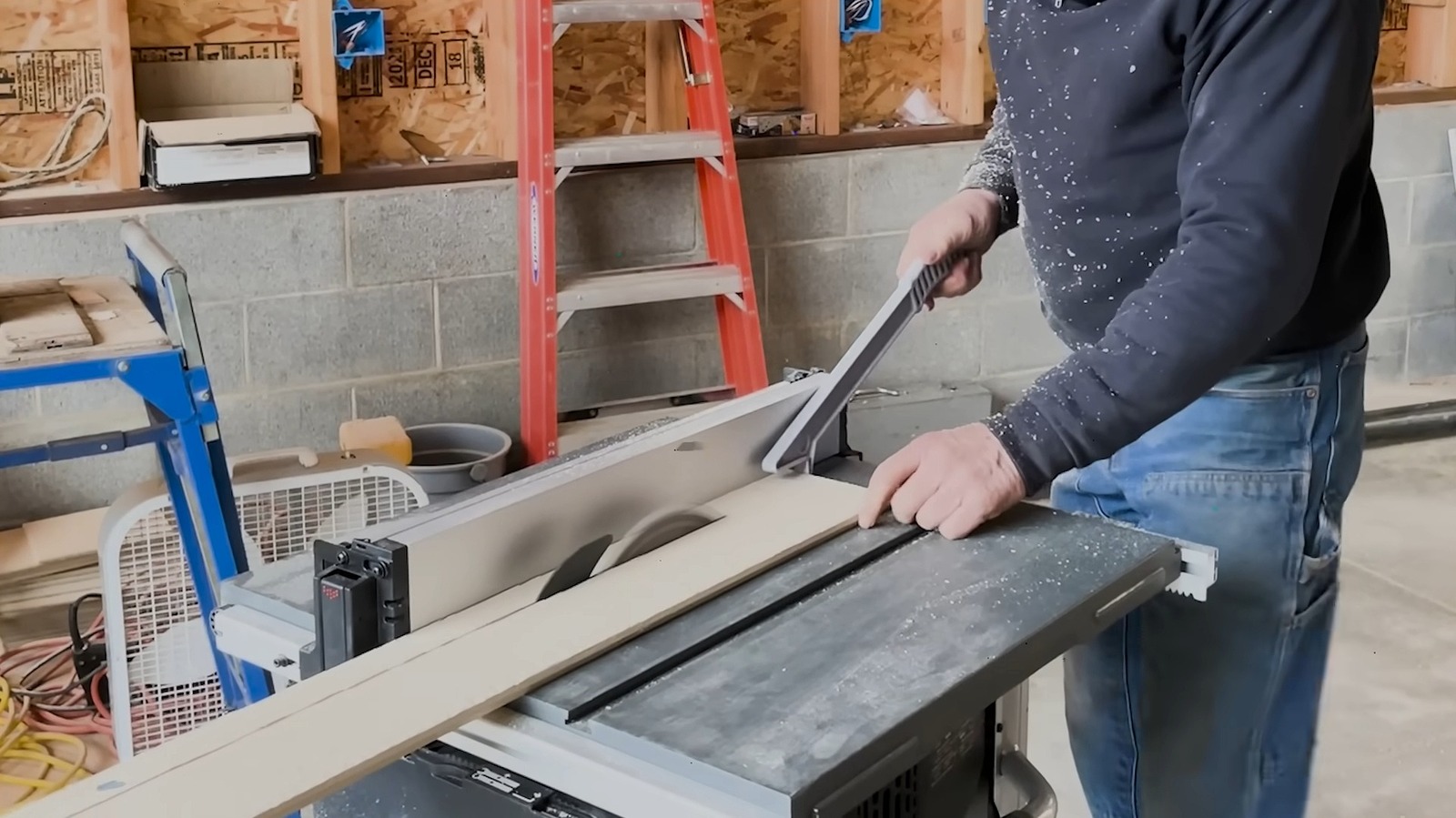
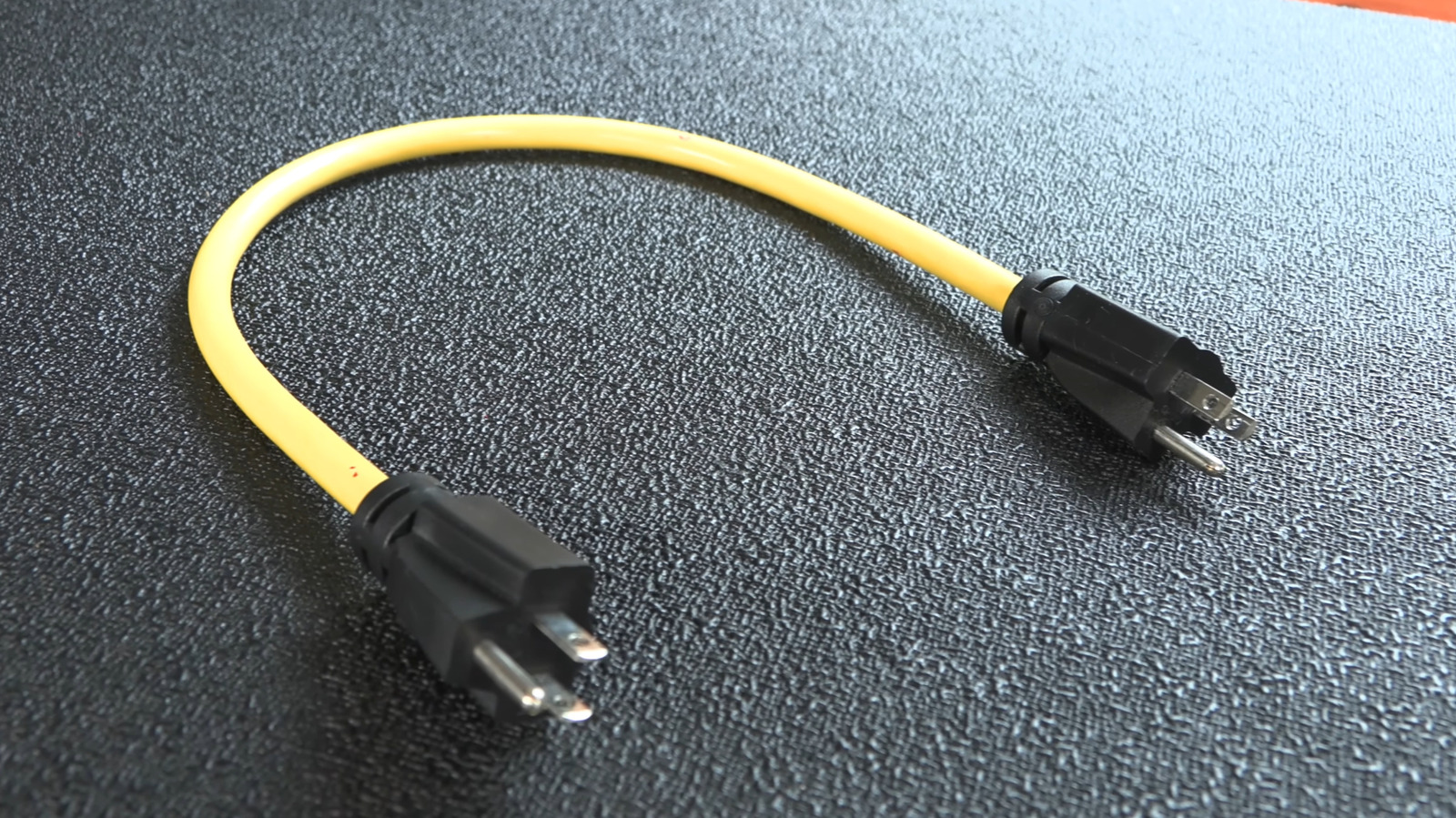

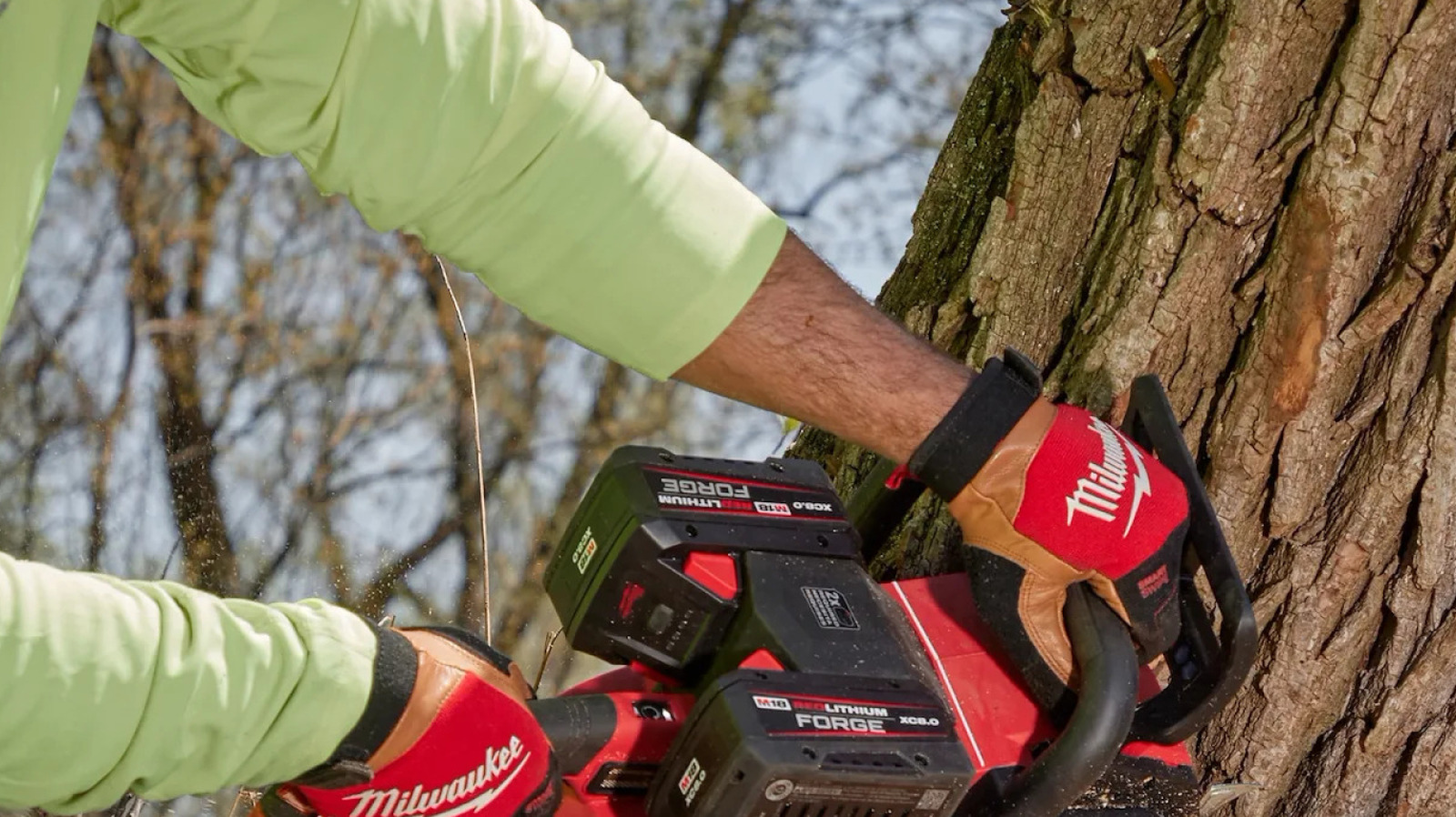









































-xl-(1)-xl-xl.jpg)























![iPhone 17 Air Could Get a Boost From TDK's New Silicon Battery Tech [Report]](https://www.iclarified.com/images/news/97344/97344/97344-640.jpg)
![Vision Pro Owners Say They Regret $3,500 Purchase [WSJ]](https://www.iclarified.com/images/news/97347/97347/97347-640.jpg)
![Apple Showcases 'Magnifier on Mac' and 'Music Haptics' Accessibility Features [Video]](https://www.iclarified.com/images/news/97343/97343/97343-640.jpg)
![Sony WH-1000XM6 Unveiled With Smarter Noise Canceling and Studio-Tuned Sound [Video]](https://www.iclarified.com/images/news/97341/97341/97341-640.jpg)



































































